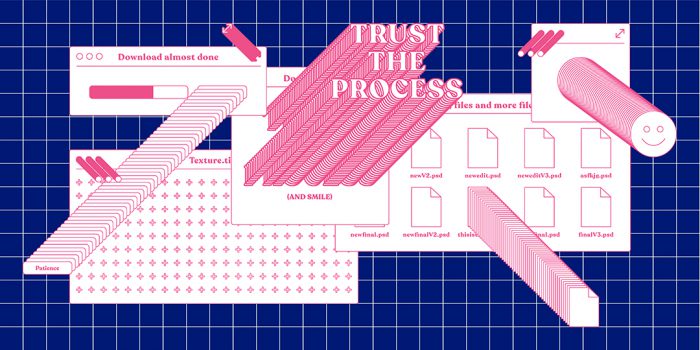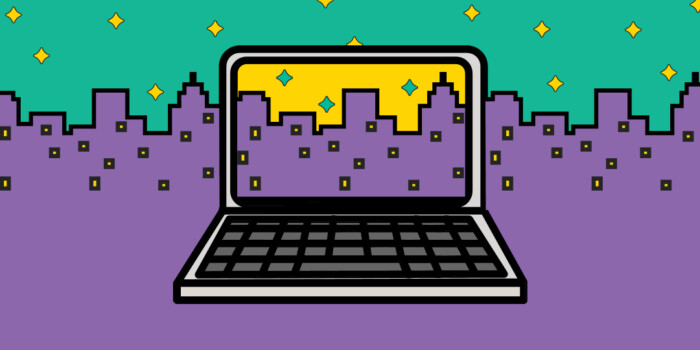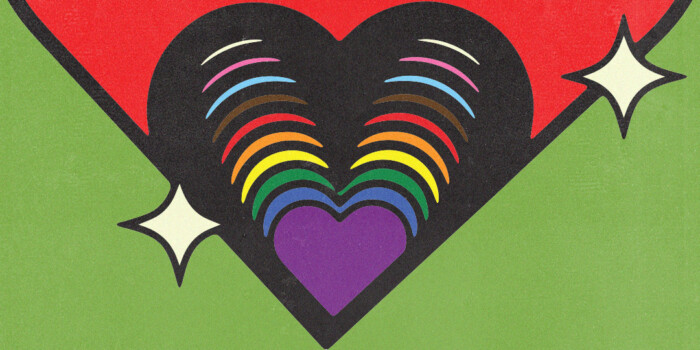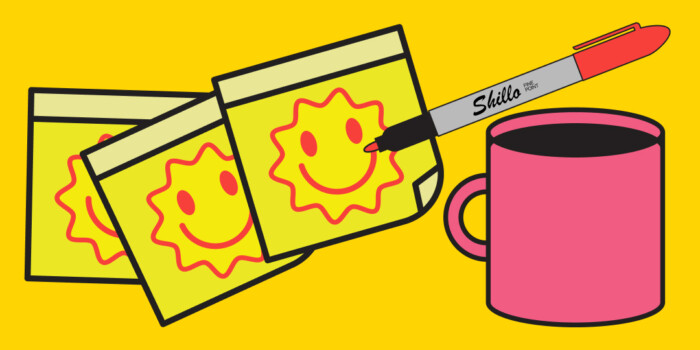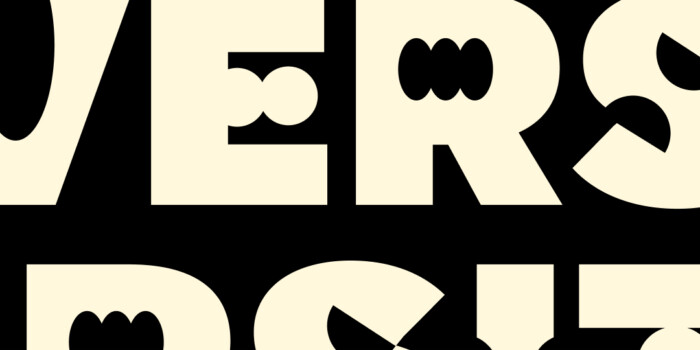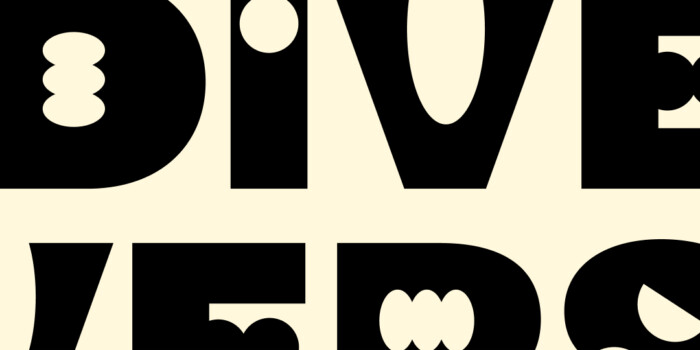How I Discovered I Had Imposter Syndrome and How I’m Dealing With It Everyday as a Creative

Cathy Sison, Lead Online Teacher, candidly talks for the Shillington Post 09—The Wellbeing Issue about her experience with Imposter Syndrome and how she copes with it today.
I remember studying art in high-school and researching artists like Van Gogh, Edvard Munch, Georgia O’Keefe and Francisco Goya. I was immersed in their works but also discovering their mental health struggles and heartbreaking stories during their creative process.
“I put my heart and my soul into my work and lost my mind in the process”—Van Gogh
It then dawned on me that I had no desire to become a “struggling artist”, an extreme realisation I know, but the idea didn’t appeal to me. Yet, I still wanted to be part of the creative world. I started off studying illustration and then soon after signed up to study graphic design at Holmesglen Institute in Melbourne. Which appeared like a less daunting path or so it seemed…
Graphic design to me was more about problem solving and getting my head around the programs. It was less about my own personal work—it took a long time to really build on my style and aesthetic. Fast forward five years, I had become a senior in-house designer and then started to transition into a junior art director. It was an exciting time and I had always felt anxious in every role I took. But, when you’re a junior or straight out of college, I thought it was quite normal to feel ‘inadequate’ or inexperienced, because I was.
Yet, here I was five years in the industry and I suddenly felt this overwhelming insecurity of “I don’t belong here”.
My projects started getting bigger and opportunities that I had dreamed about were finally coming into fruition. I had slowly built my calligraphy brand ‘Kyashi Writes’ which I always thought was just a hobby, but it became more than I expected. In 2016, I got my first calligraphy job writing for Westfield shopping centre for Father’s Day. I was amongst three other calligraphers and I remember seeing their work and thinking “Why on earth am I here?” They’re going to see I’m not that great at all and I’ll be sent home.
I had no idea what these thoughts or emotions were. I think I always felt insecure, not just in my work, but personally. I’ve always dealt with a sense of awkwardness, shyness and low confidence growing up, so I felt that this was just my normal inner voice.
I got a big promotion at work that I started to have these negative, doubtful thoughts come back but this time it started to get physical. My skin broke out in rashes and I felt a sense of depression and anxiety every morning that I was not used to. On top of that, I was suppressing all these feelings inside.
I finally got the courage to confide in a close colleague about what I had been going through and she asked me if I had ever heard of the “Imposter Syndrome”?
Me…what? Google google google!
After much heavy deep research, I found myself in the depths of psychology articles about the Imposter Syndrome. It can be defined as a collection of feelings of inadequacy that persist despite evident success. Imposters suffer from chronic self-doubt and sense of intellectual fraudulence that override any feelings of success or external proof of their competence. (Harvard Business Review 2018)
Signs of Imposter Syndrome:
- Self doubt
- An inability to realistically assess your competence skills
- Berating your performance
- Sabotaging your own success
- The feeling you will get ‘caught out’
- Telling yourself you are a fraud
There was a sense of relief knowing that what I was feeling made sense to someone else—that it was real and not all in my head. But, then I started to question how did this come about? And how do I treat it? I started to research more and more and found out that even people I admired suffered from Imposter Syndrome.
It’s now 2020 and a lot has happened within my career and life.
I can’t say that I don’t ever get the waves of uncertainty and insecurity, it’s definitely something that I deal with on a day-to-day basis.
However, what I can control is how far I let it affect me. This means being self-aware of the red flags and doing small things to keep me at ease.
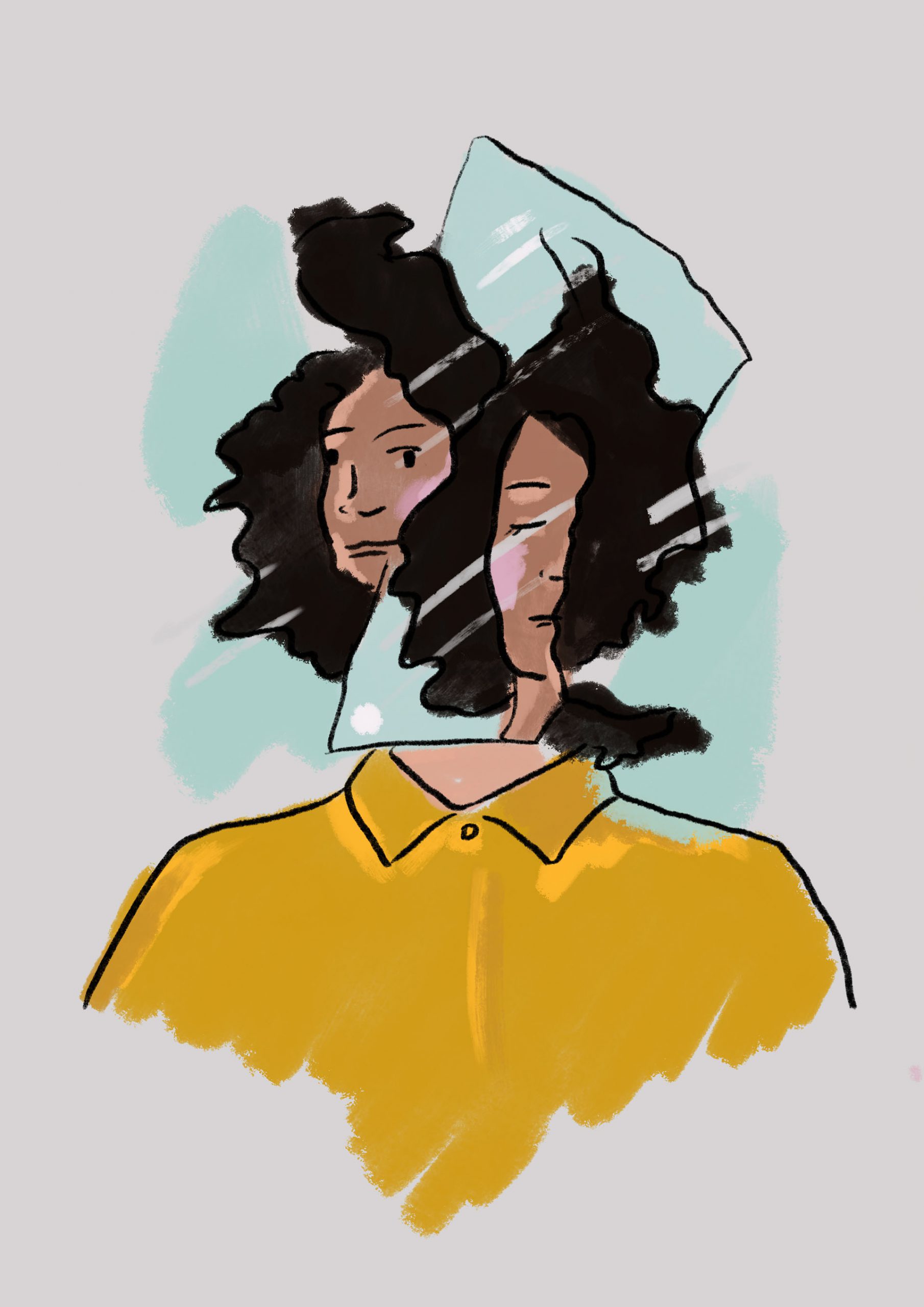
Here are a few things that have worked for me:
1. Recognise imposter feelings when they emerge.
Awareness is the first step to change. Make sure you track these thoughts, what they are and when they emerge.
2. Talk it out
As someone that would hold their feelings in a lot, I found that talking through the negative thoughts or doubt I was having was a release. Opening up to other creatives was also helpful—there may be others who feel like imposters too. It’s better to have an open dialogue rather than harbour negative thoughts alone.
3. The power of affirmations
At first I thought affirmations were cheesy but I realised how powerful they were. Starting the day being kinder to yourself really sets the tone of the day and any negative doubt seems to diminish.
4. Stop the comparison game
This one was a hard one to adjust to. A lot of my Imposter Syndrome was rooted by comparing myself to other creatives and slowly building the narrative that I’m not good enough. In order for me to really stop comparing I had to let it go, stop following people on social media that triggered this feeling and start focusing on my own path.
5. Acceptance: you’ll always be a work in progress
Something I have just realised whilst doing the inner work for Imposter Syndrome is letting go of being perfect or being of a certain standard. Knowing that I’ll make mistakes, both good and bad, but forever evolving and growing—not just as a creative but as a human.
Words and artwork by #ShilloOnline Teacher Cathy Sison.
Want to read some more invaluable tips and articles about wellbeing in the design industry? Read the Shillington Post 09—The Wellbeing Issue online now or pick up a copy in person at one of our Info Sessions.
Want to win some amazing prizes and stay in the loop with all things Shillington? Sign up to our newsletter to automatically go in the draw.


